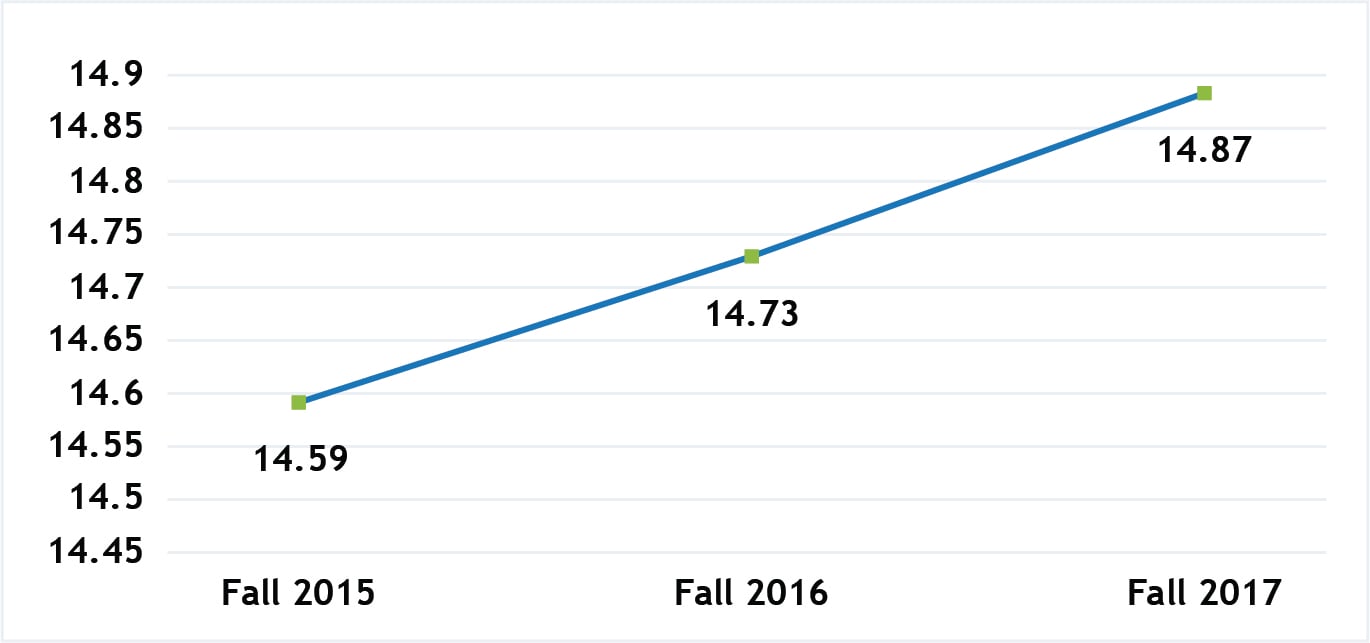Provost Brown and Associate Provost Dr. Lisa Hunter understood swift action was needed to balance Fredonia’s costs and revenue amidst the turbulence. Provost Brown presented an academic plan with three areas of focus: strategic enrollment management, reallocation of resources, and curricular transformation. After securing a grant from the State University of New York system, Fredonia partnered with Ad Astra to specifically address their reallocation of resources.
After discussing all options, the Fredonia leadership team selected the Higher Education Scheduling Index (HESI®) CheckUp, a customized historical analysis of institutional capacity and course offerings coupled with professional consulting services, and Platinum Analytics™, to provide insight and predictive data for more informed scheduling decisions. This was a key step in understanding how to reduce instructional costs and improve scheduling to meet student need.
“Creating an optimal and student-centered course schedule is one of the most important things an institution can do to help students graduate on time.”
Dr. Lisa Hunter, Associate Provost, State University of New York at Fredonia
In early 2016, Ad Astra consultants and the Fredonia scheduling team analyzed five years of course enrollment data to identify sections that were either overloaded or under-filled. The team identified 86 sections with historically low enrollment to remove, and three sections that appeared to be “bottlenecked” to add. The revisions didn’t stop there, though.
Ad Astra consultants continued to analyze student-specific academic information and found the exercise of refining the schedule for the fall term had influenced a spring schedule,
which was more aligned with student course demand. Although they were less substantial, changes for the spring 2017 term were made, including the removal of 13 sections and the addition of 14 to address Fredonia’s student course needs.
The actions from these two terms netted an overall savings in instructional costs of $283,000 and increased the average student credit hour production by 1.9%. This increase in student credit hour production can positively impact student retention, time-to-completion, and graduation.
By engaging in a multi-tiered analysis over two terms, Fredonia's leadership has demonstrated how a data-informed approach can lead to increased student course load, greater
efficiency with institutional resources, and a positive impact on degree velocity.



